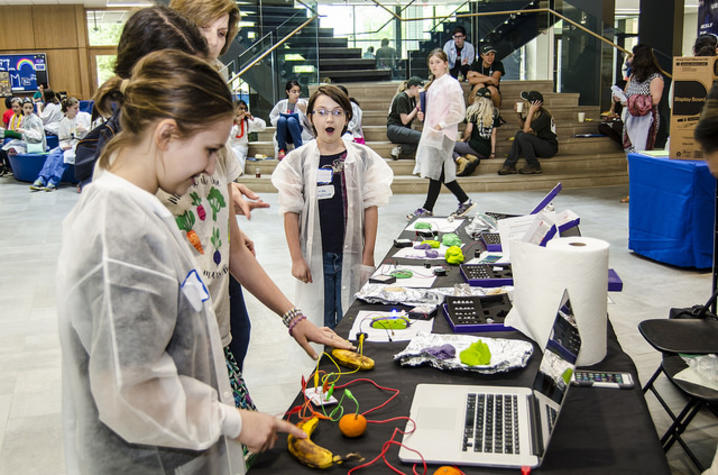UK-MRS Seminars
June 12. 2017, 10:00-11:00 am
C226 OHR (Oliver H. Raymond Civil Engineering Building)
“Anode Surface Evolution in Aqueous Sodium-Ion Batteries”
Xiaowen Zhan, Department of Chemical and Materials Engineering
Aqueous sodium-ion batteries may solve the cost and safety issues associated with the energy storage systems for the fluctuating supply of electricity based on solar and wind power. Compared to their lithium counterparts, aqueous sodium-ion batteries offer multiple advantages including more earth abundant sodium, cheaper electrode materials and electrolyte solutions as well as less costly manufacturing conditions. However, poor overall performance and low electrode utilization (much of the electrode material ends up being electrochemically inactive) are the main barriers implementing them in (micro) grid systems. Here we characterize the surface reactions on NASICON-type phosphate anode materials and rationalize their close associations with capacity fading upon slow cycling of aqueous sodium-ion batteries. The surface reactions result in the formation of an electrically insulating surface layer causing the failure of electrochemical performance and the precipitation of surface particles that blocks the pores thereby leading to poor electrode utilization. These findings provide insights into new possibilities of improving the electrochemical performance of aqueous sodium-ion batteries by designing protective layers through surface modifications that prevent the formation of insulating surface layers and insoluble precipitates.
“Stable, High-Capacity Electrolytes for Non-Aqueous Redox Flow Batteries”
Harsha Attanayake, Department of Chemistry University of Kentucky
Redox flow batteries (RFBs) are one of the promising electrochemical devices for stationary energy storage applications due to their decoupled energy and power, long service life, and simple manufacturing. Despite advances of commercially available aqueous RFBs, they suffer from lower energy densities due to narrow electrochemical window of water (~1.5 V). Transitioning from aqueous to non-aqueous chemistry offers a wider and stable electrochemical window (>4 V), a greater selection of redox materials, a wider range of working temperatures, high cell voltage, and potentially high energy density. So far, only a limited number of highly soluble and stable organic compounds have been reported for non- aq RFBs applications as catholytes. It is crucial that the design of organic electro-active materials does not compromise any of the following characteristics: high solubility (charged and neutral states), higher oxidation potential (for electron donors), and enabling a high molecular capacity for electron donation (or acceptance). Our studies mainly focus on development of high capacity catholytes for non-aqueous redox flow batteries with stable neutral and oxidized states. This presentation will focus on molecular designing strategies to increase the solubility of phenothiazine derivatives in their charged states and neutral states, stabilization of one and two electron donation, and a new approach to raise the oxidation potential, along with their synthesis and electrochemical analysis.

